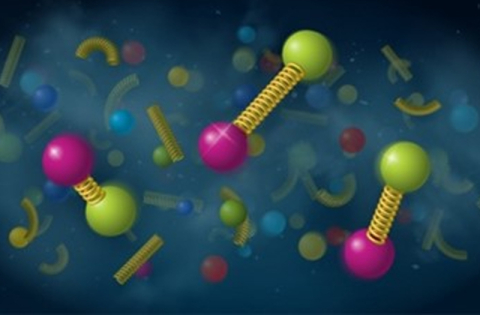
New measurements at RHIC provide evidence for quark ‘deconfinement’ and insight into the unimaginable temperature of the hottest matter on Earth.
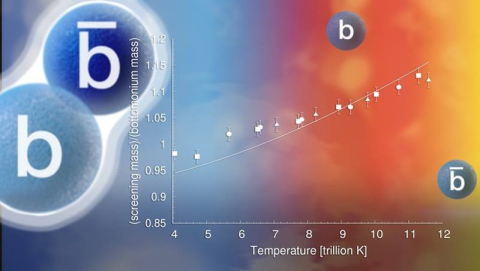
Calculations predict the temperature at which bottomonium melts in the hot matter created in heavy ion collisions.
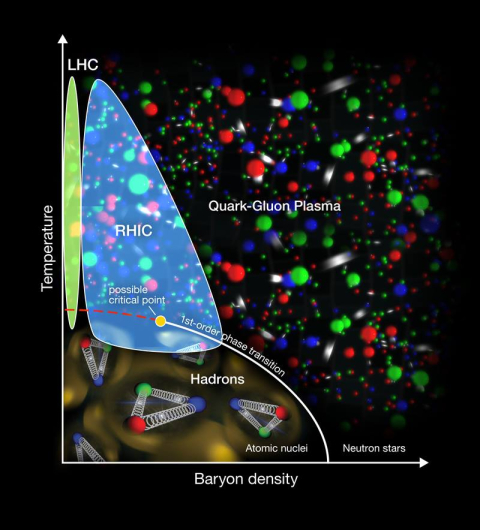
Data on protons emitted from wide range of gold-gold collision energies shows absence of a quark-gluon plasma (QGP) at the lowest energy.
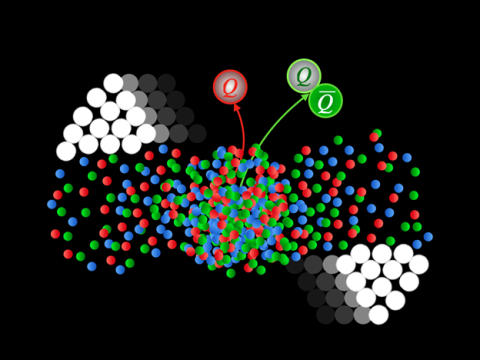
Researchers have resolved a longstanding puzzle in theoretical calculations for heavy ion and electron-ion collision experiments.
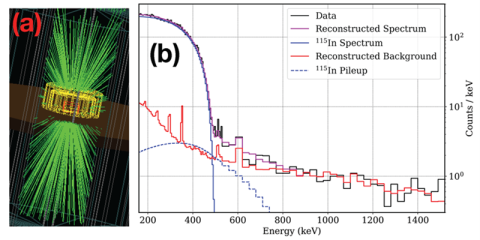
Scientists test nuclear theory models in mid-sized nuclei using high resolution Indium-115 decay data.

Modeling nuclear matter in two dimensions greatly simplifies understanding interactions among “cold,” dense quarks—including in neutron stars.
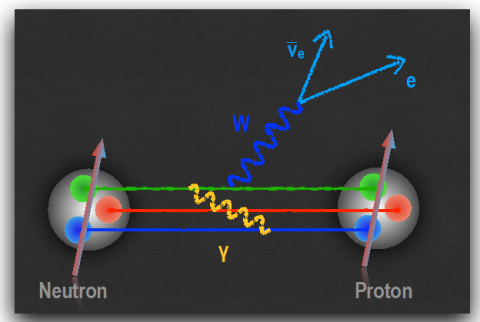
Theorists find new electromagnetic effects that shift the spin-dependent coupling of the nucleon to the weak force and point out the implications for new physics in beta decay.
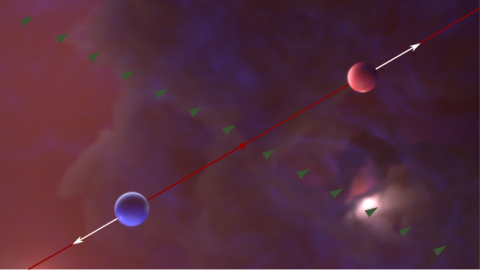
New calculations provide insights into the dynamics of the chiral magnetic effect in heavy ion collisions.

The SNO+ experiment has for the first time shown that neutrinos from a nuclear reactor over 240 km away can be detected with plain water.
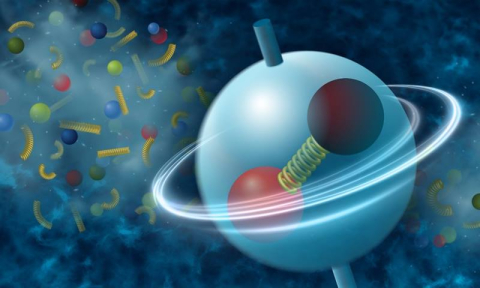
Spin orientation preference may point to a previously unknown influence of the strong nuclear force—and a way to measure its local fluctuations.

